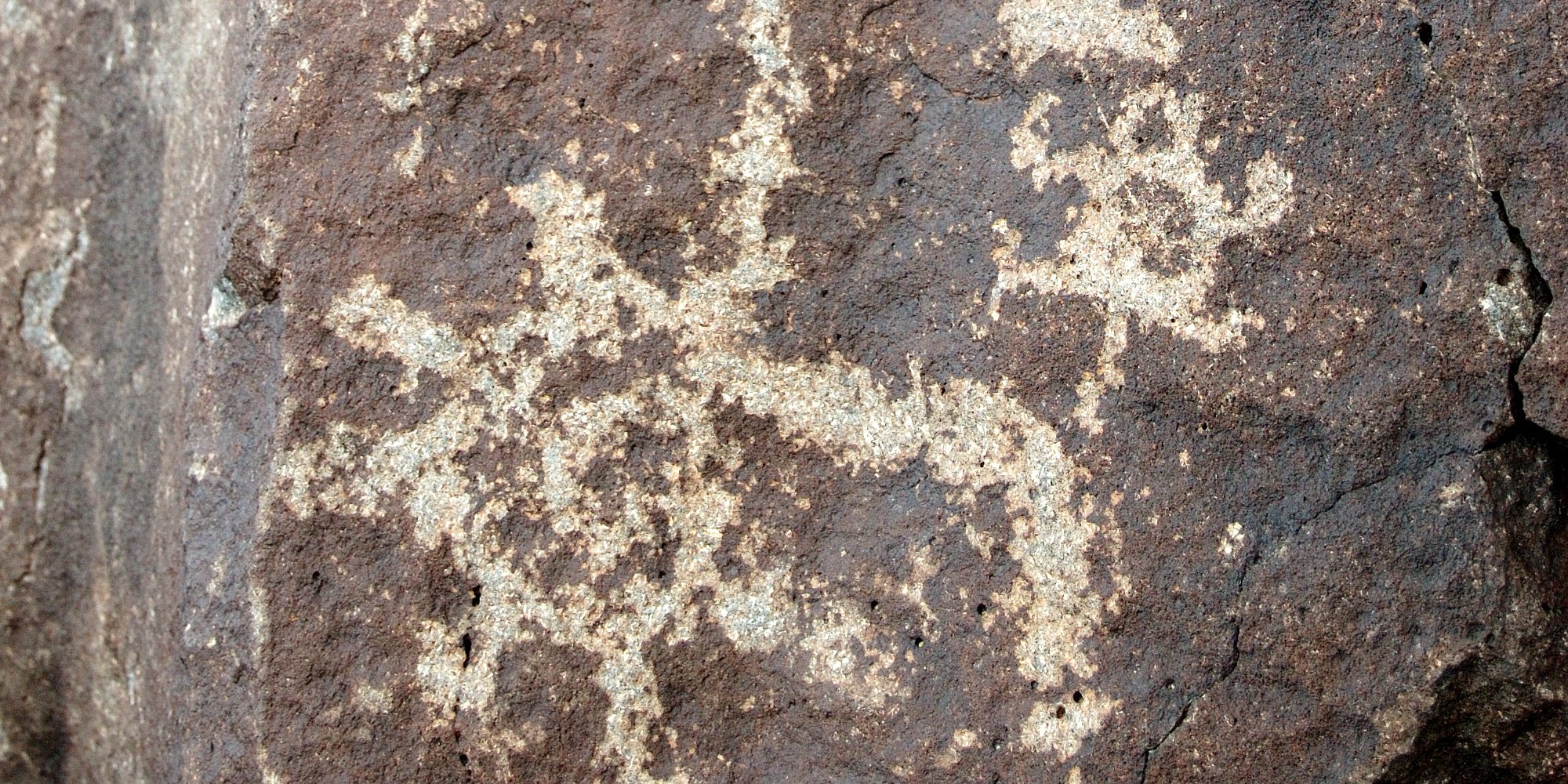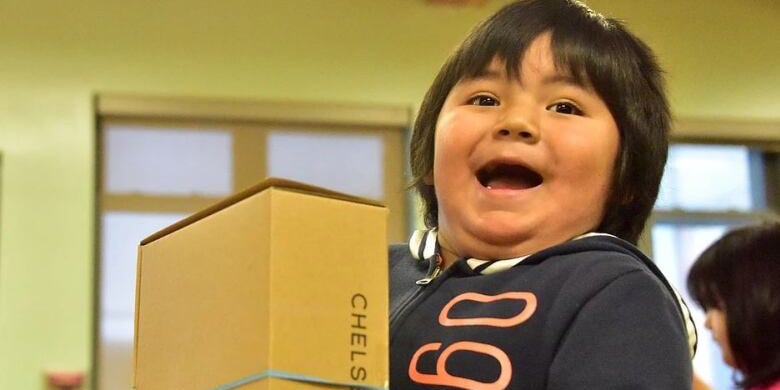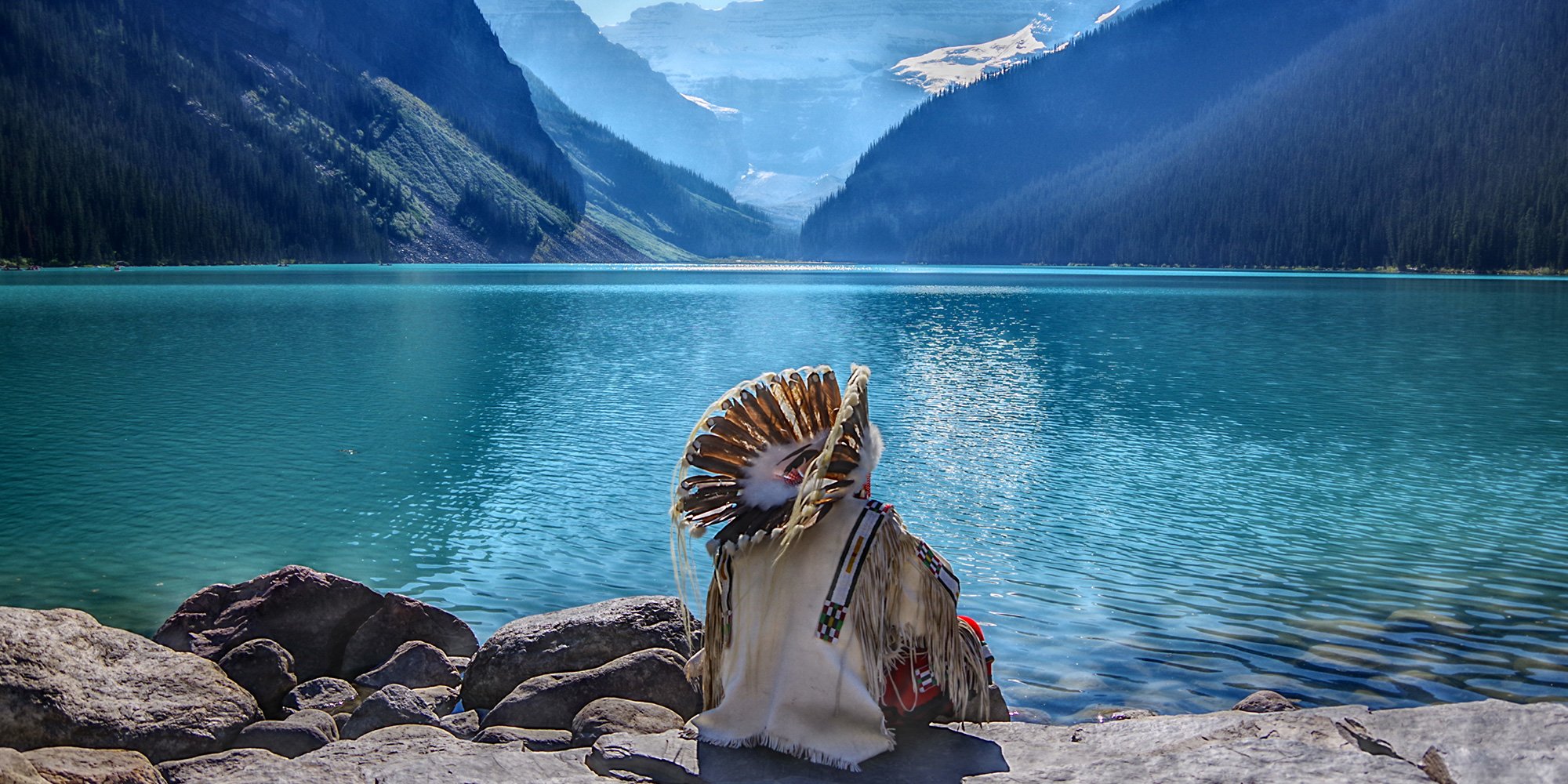3 min read
11 Ways to Virtually Celebrate National Indigenous Peoples Day
In National Indigenous Peoples Day: 10 Ways to Celebrate we have suggestions for celebrating this important day. Most of the suggestions involve...

3 min read
In National Indigenous Peoples Day: 10 Ways to Celebrate we have suggestions for celebrating this important day. Most of the suggestions involve...

2 min read
As the clock runs out on the United Nations International Year of Indigenous Languages we wanted to take a look at the language around the stars and...

3 min read
The following First Nation Elder protocol question popped up in our inbox and we are really grateful for the opportunity to respond. We appreciate...

2 min read
Every June 21st, thousands of Indigenous Peoples celebrate National Indigenous Peoples Day (NIPD). This is a special day to acknowledge the unique...

3 min read
What does Indigenous knowledge (IK) mean? That’s a big question because “there are approximately 370 million Indigenous people in the world,...

4 min read
We identify ourselves in many ways - by gender, generation, ethnicity, culture, religion, profession/employment, nationality, locality, language,...

2 min read
Sometimes it’s the simplest gestures that have the greatest impact. The Shoebox Campaign is one such example. If you are unfamiliar with the...

2 min read
By Juanita Muwanga Gimaa radio CHYF 88.9, which broadcasts from M'chigeeng First Nation, started as a dream of the late Carl Beam, an internationally...

2 min read
Definition: Chief (n.) c. 1300, "head, leader, captain; the principal or most important part of anything;" from Old French chief "leader, ruler,...

2 min read
By Olivia Marie Golosky When we think of the radio landscape in Canada, especially in the mainstream context, the Canadian Broadcasting Company (CBC)...